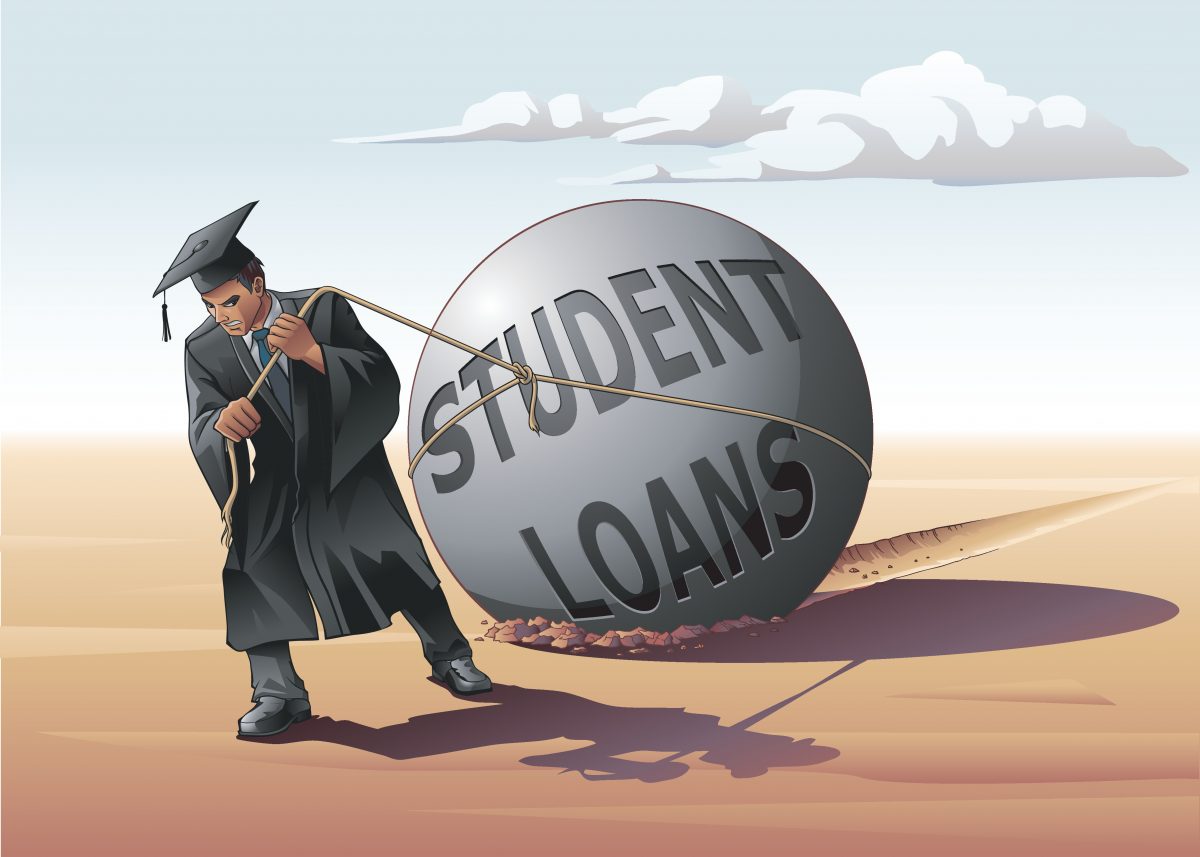Finding the best construction loan lender is crucial for ensuring the successful financing of your…
Wells Fargo was once a significant player in the student loan market, offering private student loans to help students finance their higher education. However, as of 2020, Wells Fargo exited the student loan business and no longer offers new student loans.
This review will cover the history of Wells Fargo’s student loans, their features, benefits, and drawbacks, as well as what alternatives are available now that they have exited the market.
History of Wells Fargo Student Loans
Wells Fargo, one of the largest banks in the United States, offered private student loans for many years, helping students cover tuition, fees, and other educational expenses not covered by federal loans. Their loans were available to both undergraduate and graduate students, as well as for parents looking to finance their children’s education.
Features of Wells Fargo Student Loans
Before Wells Fargo exited the student loan market, their private student loans had several key features:
Loan Types
- Undergraduate Loans: Designed for students pursuing a bachelor’s degree.
- Graduate Loans: For students enrolled in advanced degree programs such as master’s, doctoral, law, or medical programs.
- Parent Loans: Offered to parents or sponsors of students to help cover education costs.
Interest Rates
- Fixed Rates: These rates remained constant throughout the life of the loan.
- Variable Rates: These rates could fluctuate based on market conditions, potentially changing monthly or quarterly.
Repayment Options
- Immediate Repayment: Borrowers could start repaying the loan immediately after disbursement, covering both principal and interest.
- Interest-Only Repayment: Borrowers could choose to pay only the interest while in school, with principal payments beginning after graduation.
- Deferred Repayment: Payments could be deferred until after graduation, though interest would accrue during the deferment period.
Loan Terms
- Flexible Terms: Loan terms typically ranged from 5 to 15 years, allowing borrowers to choose a repayment period that suited their financial situation.
- Grace Period: Often included a six-month grace period after graduation before repayment needed to begin.
Additional Features
- Co-signer Release: Option to release the co-signer from the loan after a certain number of on-time payments, provided the borrower met credit requirements.
- Auto-Pay Discount: Borrowers could receive a discount on their interest rate by setting up automatic payments.
Benefits of Wells Fargo Student Loans
- Competitive Rates: Wells Fargo offered competitive interest rates, particularly for borrowers with good credit or those who had a co-signer.
- Flexible Repayment Options: Multiple repayment plans allowed borrowers to choose the one that best fit their financial situation.
- Co-signer Release: The option to release a co-signer after a series of on-time payments was a significant benefit for many borrowers.
- Customer Service: As a large bank, Wells Fargo had a well-established customer service infrastructure.
Drawbacks of Wells Fargo Student Loans
- Credit Requirements: Private student loans, including those from Wells Fargo, typically required a good credit score or a co-signer, which could be a barrier for some students.
- Higher Interest Rates than Federal Loans: Even with competitive rates, private student loans often had higher interest rates compared to federal student loans.
- Less Flexibility with Repayment: Federal loans generally offer more flexible repayment and forgiveness options compared to private loans.
Wells Fargo’s Exit from the Student Loan Market
In 2020, Wells Fargo announced that it would no longer offer new private student loans. The decision to exit the student loan market was part of a broader strategy to simplify the bank’s operations and focus on core businesses. Existing loans were either serviced by Wells Fargo or sold to other loan servicers, such as Firstmark Services.
Alternatives to Wells Fargo Student Loans
With Wells Fargo no longer in the student loan market, students seeking private loans need to consider alternatives. Here are some of the top private student loan lenders currently available:
1. Sallie Mae
- Loan Types: Undergraduate, graduate, parent loans.
- Features: Competitive rates, multiple repayment options, and co-signer release.
2. Discover Student Loans
- Loan Types: Undergraduate, graduate, parent loans.
- Features: No fees, fixed and variable rates, cash rewards for good grades.
3. Citizens Bank
- Loan Types: Undergraduate, graduate, parent loans.
- Features: Multi-Year Approval, competitive rates, and loyalty discounts for existing customers.
4. College Ave
- Loan Types: Undergraduate, graduate, parent loans.
- Features: Flexible repayment terms, prequalification with a soft credit check, and no fees.
5. SoFi
- Loan Types: Undergraduate, graduate, parent loans, and refinancing.
- Features: Competitive rates, career coaching, and unemployment protection.
Conclusion
While Wells Fargo no longer offers student loans, their presence in the market was notable for their competitive rates and flexible repayment options. Students now seeking private student loans have several other reputable lenders to choose from, each offering their own set of features and benefits. When considering private student loans, it’s essential to compare rates, terms, and repayment options to find the best fit for your financial situation. Always exhaust federal student loan options first, as they typically offer more favorable terms and protections compared to private loans.
